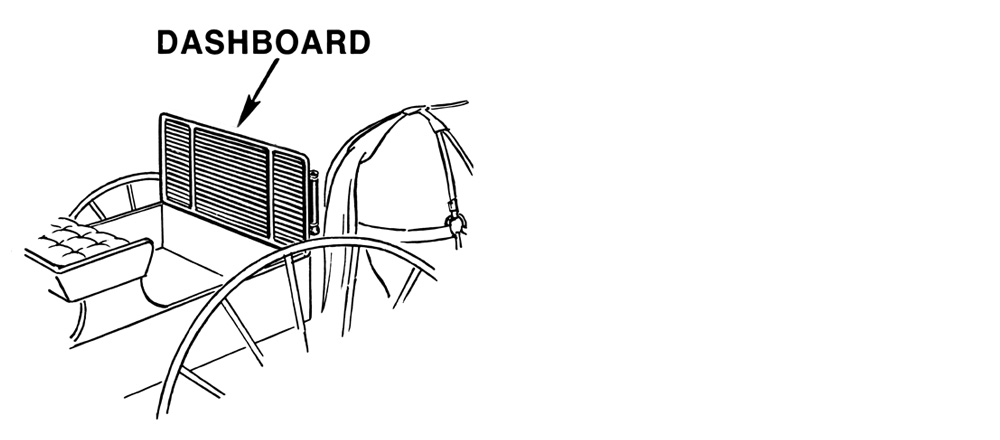What is a dashboard?
A dashboard is an information tool that provides a visual and easy-to-understand overview of key performance indicators and other important data. It can be accessible via a browser or as a widget and is linked to databases that are updated in real time. The dashboard is tailored to your needs, so you only see information that is relevant to you, allowing you to act quickly. This sorting of relevant data prevents you from drowning in information.
There are different purposes for using a dashboard. It can be operational for monitoring activities, strategic for decision-making or it can be used for analytical purposes. The dashboard is designed in different ways with parameters, values and graphs to meet the needs of the different purposes. A user-friendly interface is an important feature of a good dashboard.
What are the benefits?
The benefits of a dashboard are that you save time because the right data is already selected and gathered in one place, easily accessible and readable. You get a total overview of all systems and can use existing data in new and more efficient ways. You can identify trends and quickly find and prevent potential problems. It's also easy to measure performance and generate both detailed and visually comprehensible reports.
Another big advantage of a dashboard is that you can choose to show non-events and deviations. This allows you to find errors quickly, make corrections and take control before problems arise. The information is there, but without a dashboard, deviations may not be discovered until it's too late.
Why should you use a dashboard?
There are two aspects to the use of dashboards. On the one hand, you can observe where a trend is going and act before unexpected costs arise; on the other hand, you can see what has happened and measure the efficiency of the different parts of the business process, such as delivery accuracy. The collection of relevant data can also support automated decision-making.
By identifying which information is important to you, you can gain further control over your business process. The dashboard helps you to prioritize and make important decisions. You can reduce your costs by fixing problems before they become a disruption to your business.
Want to know more?
Do you think this sounds interesting? Do not hesitate to contact us at +46(0)451-514 00 or info@tyringe.com to find out what opportunities are available for you and your business. Our dashboard is available as an option for all modules in our system solution TIS – for trade, automotive, customs and transport.
On tyringe.com/en/solutions/supply-chain/ you can read more about our Supply Chain solutions.

The word dashboard originally refers to the board attached to the front of horse-drawn carriages and sleighs to protect the driver from mud and other debris that could dash up from the horses' hooves. The first known use of the term dash-board is dated 1847. When the first 'horseless carriage' was produced in the late 19th century, with the engine mounted under the driver, the dashboard protected against splashes from the front wheels. And when car design evolved and the engine was placed in front of the driver, the panel protected the passengers from the heat and oil of the engine. The first mass-produced car, the Oldsmobile Curved Dash, got its name from its curved dashboard.
With the increasing mechanical complexity, measuring tools such as speed, fuel quantity and oil pressure were introduced, and an appropriate place to put these instruments was on that panel, along with the simpler controls such as the steering wheel. The dashboard went from being a kind of splash guard to a control panel, but has retained its original name. (Drawing: Scott Foresman)

